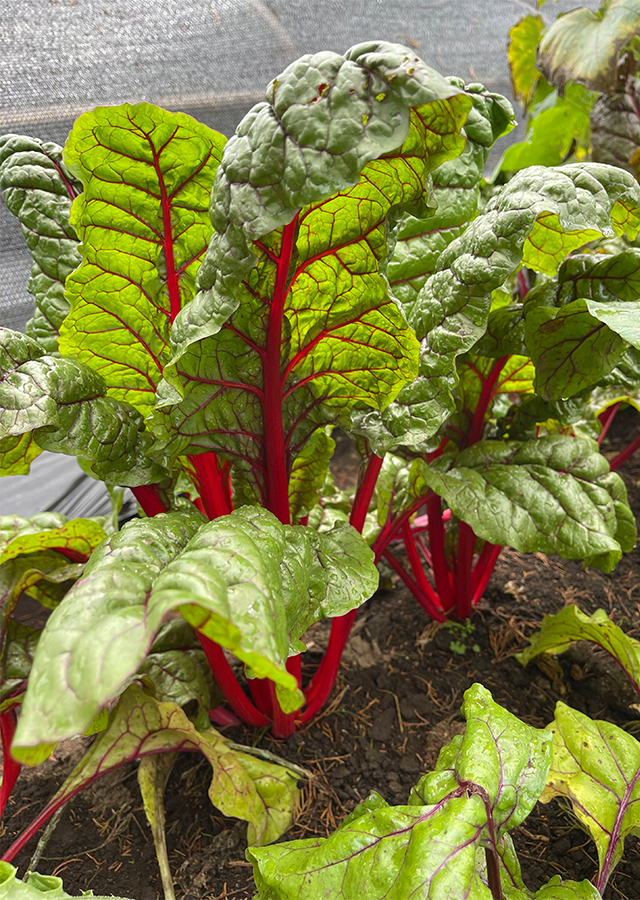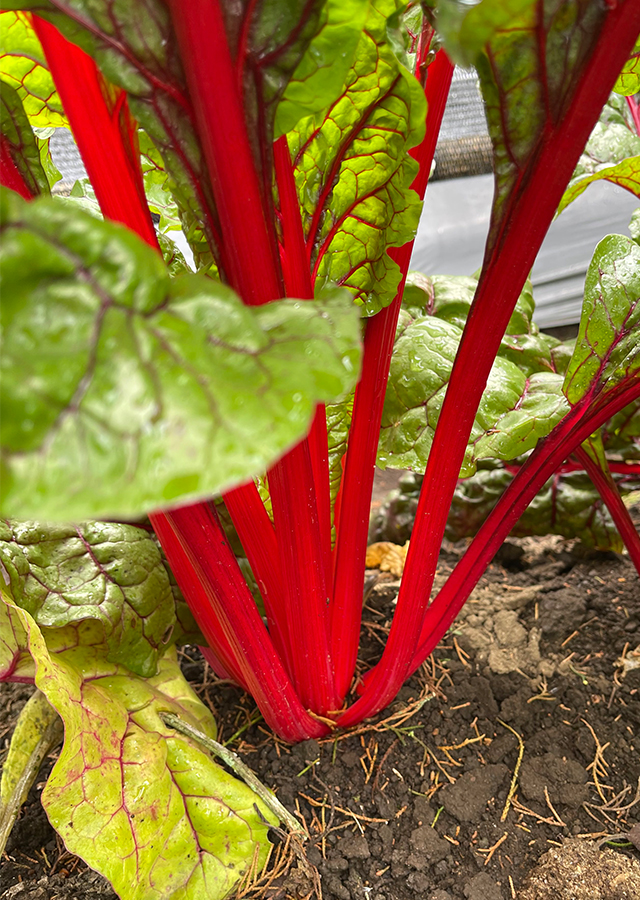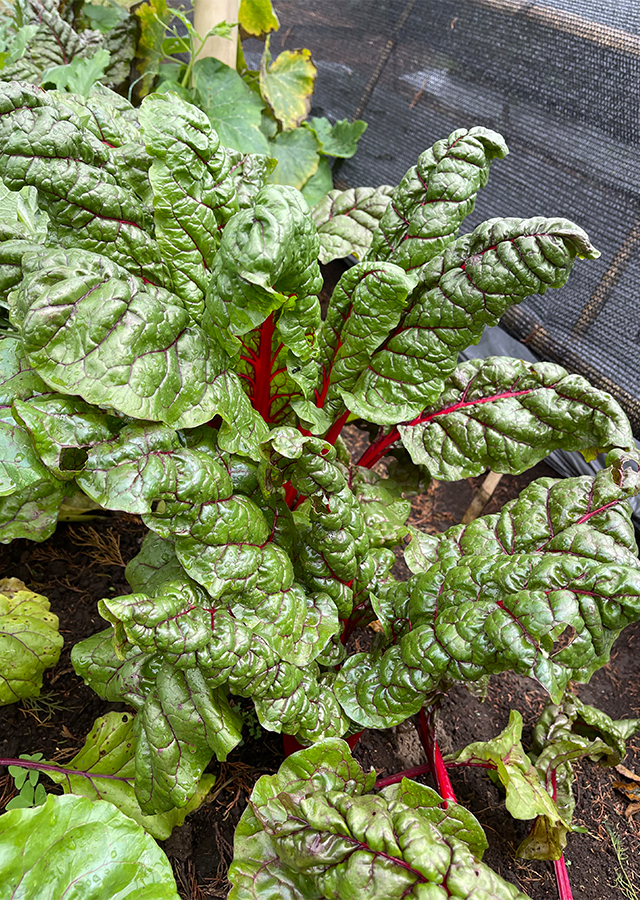Traditional Herbs from Beta vulgaris subsp. vulgaris
stop_bleeding_in_the_wound
- Take enough Swiss spinach leaves, wash them thoroughly.
- Crush them until they become a paste.
- Put the leaf paste on the wound to stop the bleeding.
What is Beta vulgaris subsp. vulgaris Looks like??



Parts of Beta vulgaris subsp. vulgaris that could be used
- Leaf
Beta vulgaris subsp. vulgaris Distribution
Even though Swiss rhubarb has a name with the word Swiss, this plant does not originate from that country but comes from the Mediterranean/European region. Swiss spinach can be consumed as a vegetable, where the young leaves are usually used as a salad and the slightly older ones are cooked or sauteed. Swiss spinach can also be added to salads, pizza, pasta, gratins, bruschetta and soups. The leaves and stems can be boiled, baked or steamed. Apart from being grown for consumption, B. vulgaris is also often cultivated as an ornamental plant. With its shiny leaves and bright red stems, this plant becomes a focal point that attracts attention. Swiss spinach has an impressive amount of phytonutrients which are a source of anti-inflammatory and antioxidant properties. This vegetable also contains a low number of calories which makes it a great diet food, as it is a good source of Vitamin K, C, A, potassium, magnesium, dietary fiber and iron. This antioxidant substance can prevent damage caused by free radicals, disease and inflammation, such as preventing cancer.Agroecology of Beta vulgaris subsp. vulgaris
Swiss rhubarb is a biennial plant that grows as an annual in all temperate zones. The plant is hardy to temperatures around -9 °C, but although it does best in cool temperatures, it can tolerate heat with adequate watering. Successful cultivation requires a location that gets full sun, but grows best if placed in shade, with soil rich in organic matter and well-drained. To determine the characteristics of your soil, perform a soil test. The ideal pH range is between 6.0 and 8.0, slightly more acidic than beets.
Morphology of Beta vulgaris subsp. vulgaris
- The roots have a deep, strong, woody root system.
- Stems\u00a0bright red.
- Leaves\u00a0broad, wavy, wrinkled about 37 cm long and 25 cm wide. The dark green leaves are glossy and crisp. The leaves and stems are bright red. The stems reach a height of 25-30 cm.
- The seeds number 2 to 8 smooth seeds.
Cultivation of Beta vulgaris subsp. vulgaris
Propagation can be done using seeds. Before planting, Swiss spinach seeds should be soaked for 15 minutes in warm water. This method is done to speed up the germination process. Then sow the seeds in the planting medium to a depth of 1.2 cm with a soil temperature of 10�C. Move the seeds that have grown to the garden after they reach a height of 6-8 cm. Swiss spinach will also grow shoots again after the leaves are cut so it can be harvested several times a month.
Beta vulgaris subsp. vulgaris, more details :
Chemical Content of Beta vulgaris subsp. vulgarisSource of fiber, betalain, flavonoids, b-carotene, polyphenols.
Benefits of Beta vulgaris subsp. vulgaris
Prevents diabetes, prevents cancer, keeps bones healthy, increases brain intelligence, improves blood circulation, maintains blood pressure, stops bleeding in wounds, is good for healthy eyesight and hair.
Simplisia of Beta vulgaris subsp. vulgaris
Another Facts for Beta vulgaris subsp. vulgaris :
Synonym of Beta vulgaris subsp. vulgarisBeta cicla� (L.) L., Beta cicla� var.� argentea� Krassochkin & Burenin, Beta cicla� var.� viridis� Krassochkin & Burenin
Habitus of Beta vulgaris subsp. vulgaris
Herb. Annual or biennial herbaceous, up to 50 cm high
Habitat of Beta vulgaris subsp. vulgaris
- Mountains
- Land
No comments:
Post a Comment